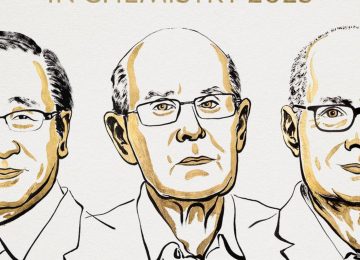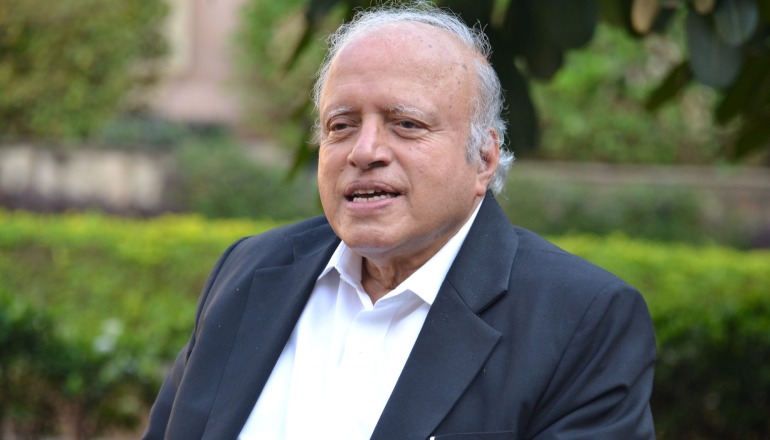The United Nations has taken a decisive step toward creating a unified and transparent global carbon market by approving the first project methodology under Article 6.4 of the Paris Agreement.
The decision moves the mechanism, often referred to as the Paris Agreement Crediting Mechanism (PACM), from theory to immediate action.
The new methodology is designed to replace the controversial Clean Development Mechanism (CDM) of the Kyoto Protocol. Its core purpose is to guarantee that every carbon credit generated represents a real, measurable emission cut and, crucially, prevents the double-counting of emission reductions between countries.
Mobilizing climate finance:
The operationalization of Article 6.4 is expected to mobilize climate finance, aligning global investment with necessary climate targets. Developed nations are now expected to leverage the mechanism to channel $300 billion annually in public and private finance, an increase from previous commitments, including all multilateral development bank (MDB) climate funds.
This injection of capital is vital, as global climate goals require an estimated $3.1 to $3.5 trillion in annual investment by 2035. The transparency and high-integrity standard of the new UN-backed credits are expected to build market confidence, attracting massive private sector participation to close this finance gap.
Path for developing nations:
The methodology’s approval specifically targets projects—such as small-scale solar and wind developments—in developing countries, providing them with a clear, verified pathway to participate in the global market. Developing countries are encouraged to contribute their own verified emission reductions voluntarily, further boosting global mitigation efforts and driving sustainable economic development.
The move signals a firm commitment by the UN to establish a reliable, central market that sets a high-water mark for quality and accountability in carbon offsetting.











